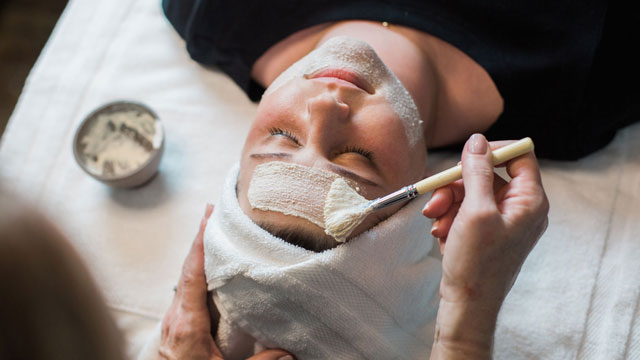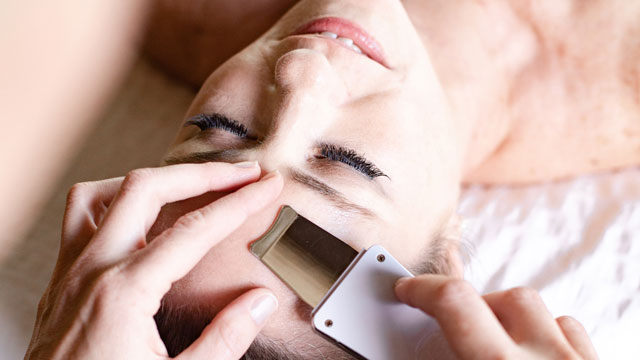
Microneedling uses small 33 gauge needles to create micro-channels in the skin that stimulate the cell’s response to injury. Normal healing begins at the moment of tissue injury. Blood components spill into the injury, causing platelets to come into contact with the cellular matrix. This triggers the release of clotting factors, growth factors, and several kinds of collagen fibers. Phagocytosis occurs when neutrophils enter the area and remove foreign material, bacteria, and damaged tissue.
Microneedling can help with the treatment of fine lines and wrinkles, acne scars, improvement of stretch marks, minimizing pore size, and improving the skin texture and tone. It is also known to work really well with melasma ( pregnancy mask) as it does not use heat to risk post-inflammatory hyper-pigmentation.
Rarely, side effects can occur after a microneedling treatment. These include:
- Swelling
- Discomfort
- Redness
- Bruising
- Flaking
- Dryness
Bleeding is a very uncommon side effect, but one that may occur if the treatment targets deep into the skin. People with bleeding disorders, as well as people taking blood-thinning medication, are also more at risk of bleeding after the procedure. Make sure to inform your dermatologist or aesthetician about this prior to treatment.
Other serious side effects are:
- Changes in skin pigment
- Reaction to topical medication used during treatment
- Infection
These side effects can be minimized if you have your procedure done by a professional.
Microneedling can’t be done for some people. Make sure to disclose if you:
- Have active acne
- Have active skin infections
- Have keloid scarring
- Have an unstable skin type
- Are currently pregnant
- Have skin cancer
- Have a compromised immune system,
- Are on anticoagulants or blood thinners
- Have severe rosacea
You may want to try other treatments for the time being or wait for your conditions to get better before booking a microneedling session.







